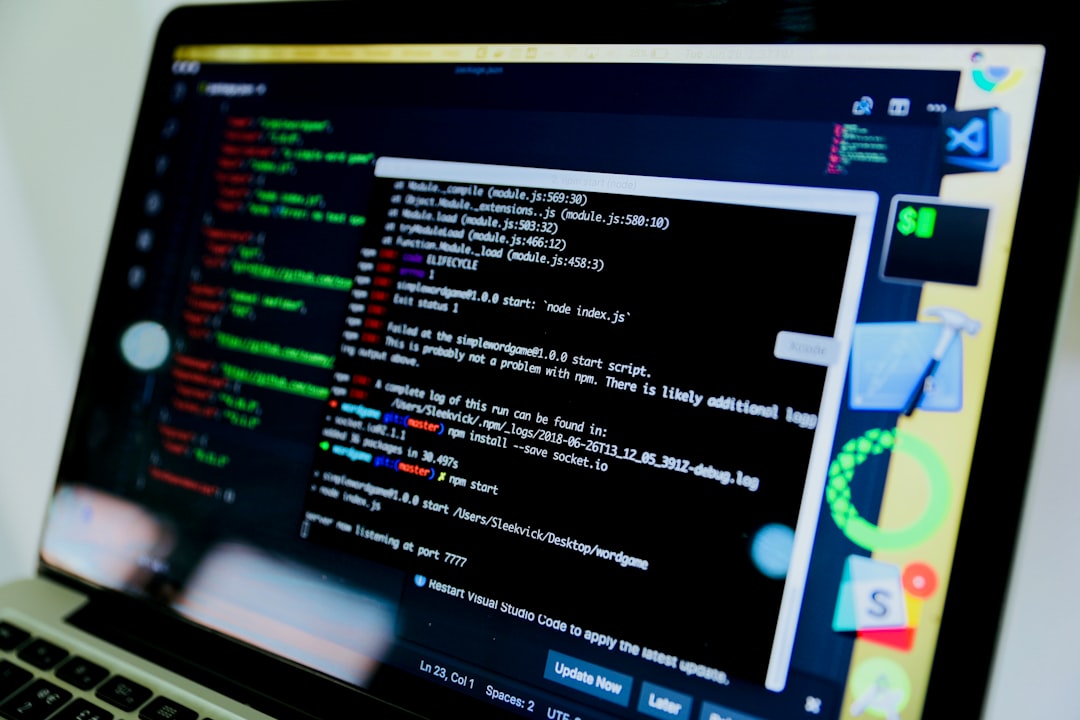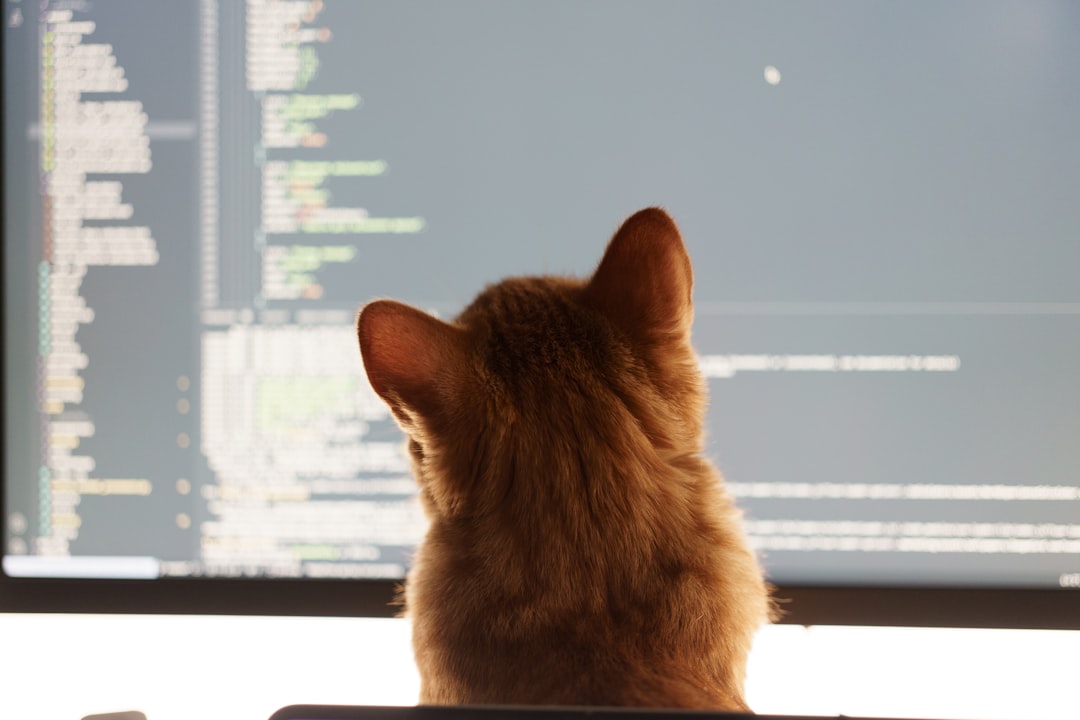Rufus is a widely used utility for creating bootable USB drives. It’s known for being fast, lightweight, and user-friendly. However, users sometimes encounter an “error while partitioning drive” message, which can be frustrating, especially when time is of the essence. This error typically arises due to drive formatting issues, incompatible partition schemes, or faulty USB drives. Fortunately, resolving this issue is relatively straightforward if approached systematically.
Common Reasons for Partitioning Errors in Rufus
There are several reasons why Rufus might throw an error while partitioning a drive. Understanding the root cause can save you time and prevent damage to your USB drive or data.
- Incorrect Partition Scheme: Mismatches between the selected partition scheme (MBR or GPT) and the system’s BIOS or UEFI.
- Corrupted USB Drive: Faulty or partially corrupted USB drives can fail to format or be partitioned.
- File System Conflicts: Choosing an unsupported or incompatible file system like NTFS for a UEFI-based system.
- Write Protection: If your USB stick is write-protected, Rufus cannot partition or format it.
Simple Tips to Fix Partitioning Errors in Rufus
Before giving up or suspecting serious hardware issues, try the following simple solutions listed below:
1. Format the USB Drive Manually
Formatting using Windows Disk Management or the command line can sometimes resolve issues Rufus cannot automatically handle.
- Open Command Prompt as Administrator.
- Type
diskpartand press Enter. - Enter
list diskand identify your USB drive. - Use
select disk X(replace X with your USB drive number). - Type
cleanto remove all partitions. - Finally, use
create partition primaryto reinitialize it.

2. Recheck Partition Scheme and File System
Most modern computers use UEFI, which generally requires a GPT partition scheme and FAT32 file system. If your system is using BIOS, however, MBR and NTFS may be more appropriate. Double-check your firmware settings and align them with your Rufus configuration.
3. Use a Different USB Port or Drive
Sometimes, the problem isn’t software-related but rather hardware-based. Try plugging the USB device into a different port or switch to a new drive entirely to see if the issue persists.
4. Run Rufus as Administrator
Right-click on the Rufus icon and select “Run as administrator”. This can solve permission-based errors, especially on corporate or restricted systems.
5. Update to the Latest Rufus Version
Older versions may lack support for newer file systems or devices. Visit the official Rufus website to download the most recent version.

6. Disable Security Software Temporarily
Antivirus or endpoint protection software may occasionally interfere with disk formatting. Disable these tools temporarily to test whether they are the source of the problem. Re-enable them immediately afterward.
When All Else Fails: Try Alternatives
If you’ve tried all of the above and the issue remains unresolved, you might want to consider alternative programs such as:
- BalenaEtcher – Known for its simplified interface.
- UNetbootin – Offers more flexibility for Linux ISO files.
- Windows Media Creation Tool – Best for creating Windows bootable USBs.
Conclusion
While encountering a partition error in Rufus can be troublesome, it is by no means insurmountable. By systematically ruling out potential causes, checking system compatibility, and keeping software updated, users can quickly go back to creating bootable USB installers with ease. Whether you’re troubleshooting a school project or a professional deployment, these tips will help ensure a smoother Rufus experience.
FAQ
Q: What does “error while partitioning drive” in Rufus mean?
A: It means Rufus encountered a problem when trying to create or format partitions on the selected USB drive, preventing the setup from proceeding.
Q: Can a corrupted ISO file cause this error?
A: Yes, a corrupted or incomplete ISO file may result in errors during the partitioning or writing process.
Q: Is it safe to use diskpart to clean my USB drive?
A: Yes, but be very cautious. Identify the correct drive number first. Using the wrong number can wipe a different drive entirely.
Q: How can I check whether my system uses BIOS or UEFI?
A: You can check by typing msinfo32 in the Windows start menu and looking for “BIOS Mode” under the System Summary.
Q: Which file system should I choose for a bootable USB?
A: FAT32 is generally recommended for UEFI systems, while NTFS works better for legacy BIOS firmware.
